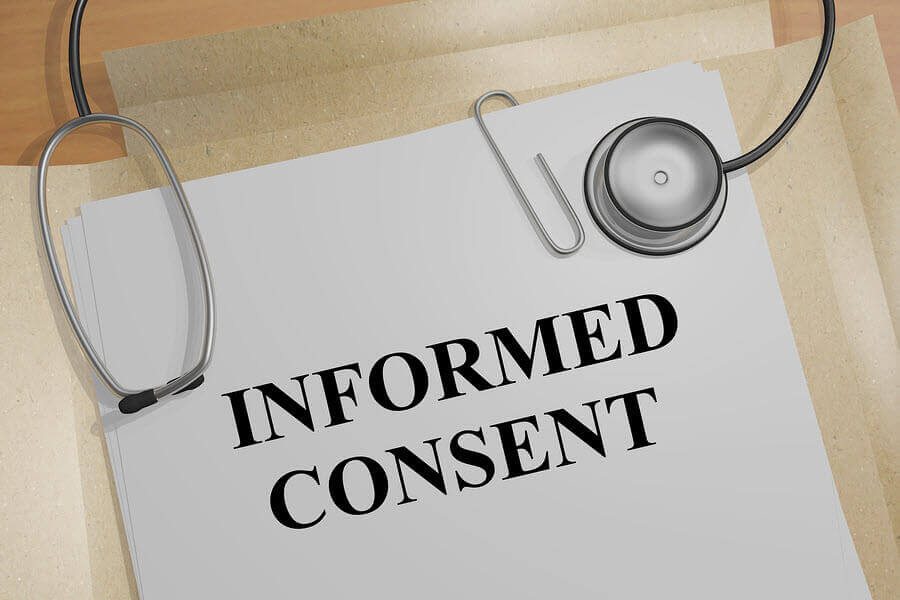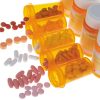- Empty cart.
- Continue Shopping
The Role of Medical Consent Forms in Medication Safety

Medication safety is a critical aspect of healthcare that involves multiple stakeholders, from healthcare providers to patients. One often overlooked but crucial element in this ecosystem is the medical consent form. This document serves as a formal agreement between the healthcare provider and the patient, outlining the risks, benefits, and alternatives of a particular medication or treatment.
What is a Medical Consent Form?
Definition
A medical consent form is a legally binding document that patients sign to give healthcare providers permission to administer treatment, including medications. The form typically includes details about the medication, its purpose, potential side effects, and alternative treatments.
Components
The form usually consists of several sections, including:
- Description of the medication or treatment
- Potential risks and side effects
- Benefits of the medication
- Alternatives to the medication
- Patient’s rights and responsibilities
Importance in Medication Safety
Informed Decision-Making
One of the primary roles of a medical consent form is to facilitate informed decision-making. By providing comprehensive information about a medication, the form empowers patients to make educated choices about their treatment.
Risk Mitigation
Medical consent forms outline the potential risks associated with a medication, allowing patients to weigh these risks against the benefits. This transparency helps in mitigating risks and preventing adverse reactions.
Legal Protection
In the event of complications or adverse effects, a signed consent form serves as legal evidence that the patient was informed about the risks and agreed to proceed with the medication. This protects both the healthcare provider and the patient.
Challenges and Limitations
Complexity of Language
Medical jargon can make consent forms difficult for the average person to understand. This can compromise the patient’s ability to make an informed decision.
Time Constraints
In emergency situations, there may not be enough time to go through a consent form thoroughly, which can pose a safety risk.
Cultural and Language Barriers
Patients who speak a different language or come from a different cultural background may find it challenging to comprehend the consent form, which can lead to misunderstandings.
Best Practices
Simplified Language
Using simple, straightforward language can make consent forms more accessible, ensuring that patients fully understand what they are agreeing to.
Digital Forms
The use of digital consent forms can make the process more efficient, allowing for quick revisions and easy storage.
Multilingual Options
Providing consent forms in multiple languages can help overcome language barriers, making it easier for patients to understand the information presented.
In conclusion, medical consent forms are an integral part of medication safety, serving as a tool for informed decision-making, risk mitigation, and legal protection. While there are challenges such as language complexity and time constraints, adopting best practices like simplified language and digital forms can enhance their effectiveness. By understanding the role and importance of medical consent forms, healthcare providers and patients alike can contribute to a safer and more transparent medication process.








